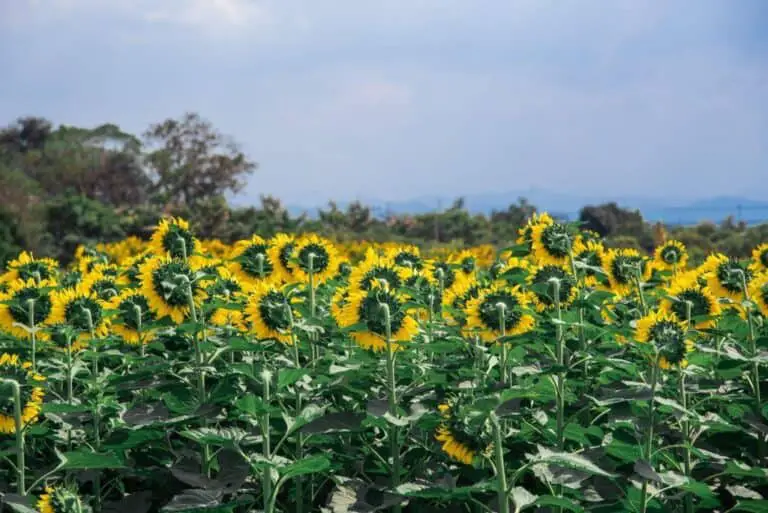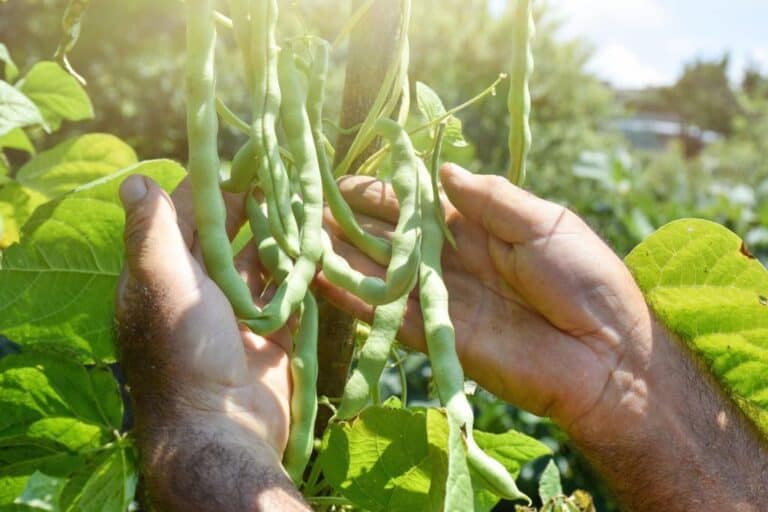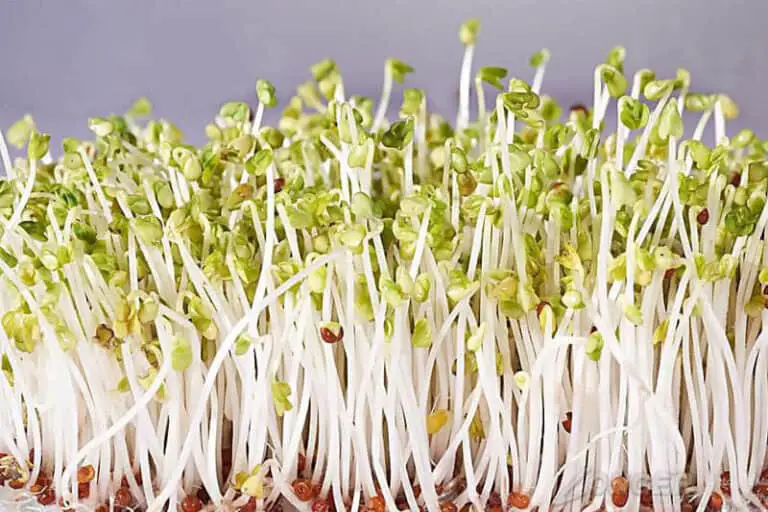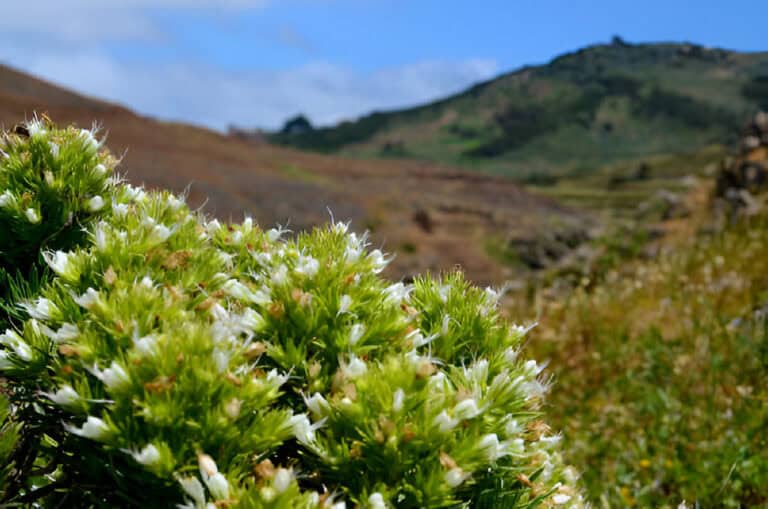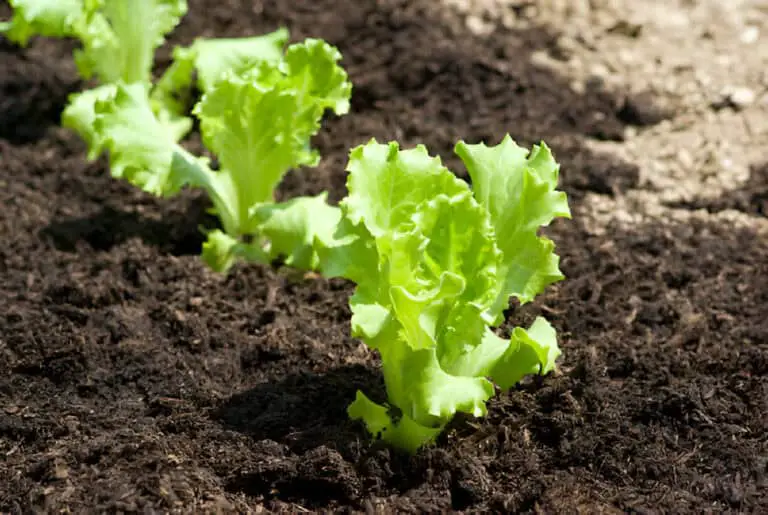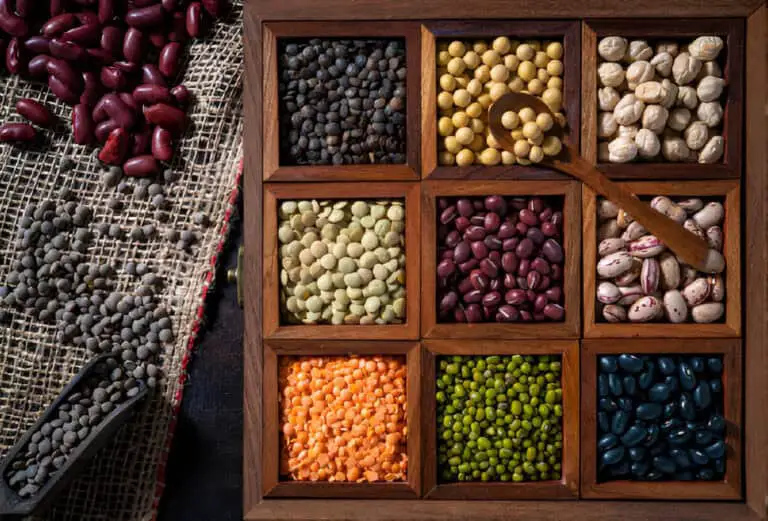Why Do My Peaches Go Bad So Quickly? Home Gardeners Troubleshooting Guide

Nothing quite dampens the zeal of a home gardener or fruit lover. It’s discovering their nurtured peaches succumbing to early decay. The frustration is real, the disappointment palpable – yet fear not! In “The Mystery of Rotting Peaches Unveiled: A Complete Guide,” we explore the juicy mystery. We do it with a fresh view and smart solutions.
Let’s explore more than just fixing things. Let’s find the root of what causes our peaches to rot early.
Get ready to feel inspired as we reveal secrets that will change your peach-growing experience from one full of uncertainty to a rewarding adventure full of possibilities!
Why Do My Peaches Go Bad So Quickly? Common Culprits:
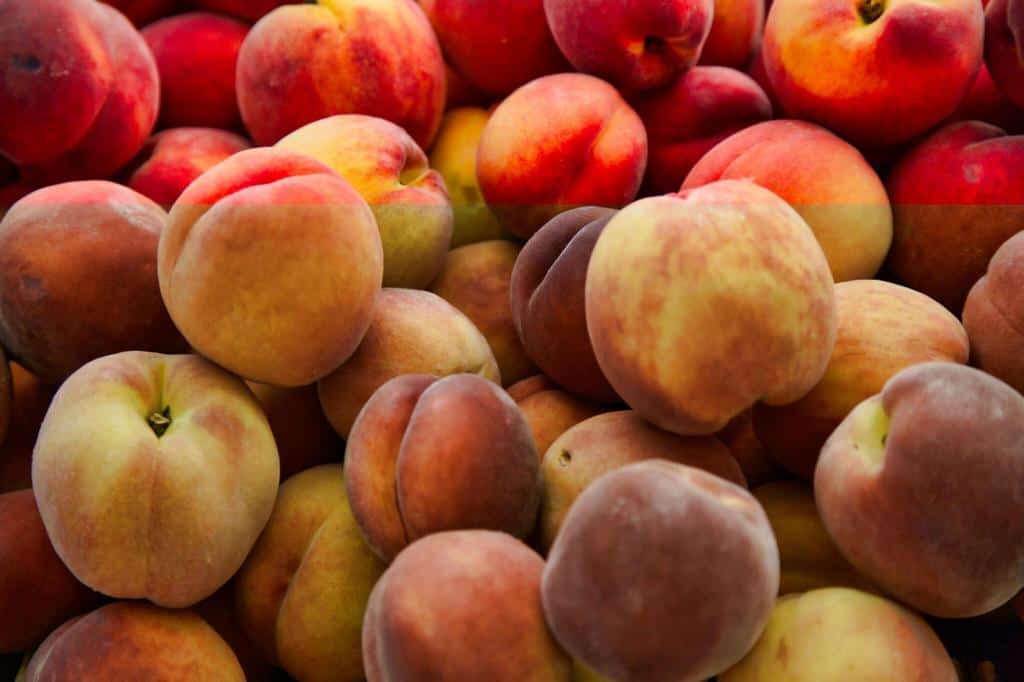
1. Mold Madness in Peaches
One of the primary culprits behind the decay and rotting of peaches is mold, with brown rot being a common offender. The fungus Monilinia fructicola causes brown rot. It thrives in the warm, muggy conditions common during the peach-growing season.
This fungal infection starts as small brown spots on the fruit. It quickly spreads and makes the peach soft and mummified. As the disease progresses, a fuzzy mass of spores can be seen on the surface of the fruit, indicating advanced decay.
To stop mold on peaches, home gardeners can use several preventions and treatments. One good strategy is to space peach trees well apart. This promotes air flow and cuts humidity around the fruit.
Additionally, pruning practices that enhance sunlight penetration and reduce excess foliage can help prevent mold development. Farmers can use fungicides to prevent mold. They can also use them when mold first appears to stop its spread. This protects healthy fruits from infection.
2. Pest Problems: Pesky Invaders Threatening Peach Trees
When it comes to the battle against rotting peaches, insects can often be the silent invaders wreaking havoc on your fruit. Fruit flies and aphids are common pests. They cause peach decay by giving them diseases or harming their flesh.
Fruit flies lay eggs in ripe peaches. This causes infestations that speed decay. Aphids feed on peach tree sap, weakening their health and making them more prone to rot.
You must protect your precious peaches from these tiny marauders. You can do this by using strategic pest management. It is crucial. Introducing ladybugs can help. They prey on aphids and control infestations naturally.
Additionally, set up traps for fruit flies. Or, applying organic insecticidal soap can deter these pests. This won’t harm the environment or your fruits. Check your peach trees often for early signs of pests. This can help you act quickly before they cause much damage.
3. Environmental Factors: Weather’s Role in Accelerating Peach Spoilage
When it comes to the culprit behind rotting peaches, we can’t overlook the impact of environmental factors. Temperature fluctuations and humidity levels play key roles in accelerating peach spoilage. Peaches are delicate fruits. They thrive in specific conditions. They decay when exposed to bad weather.
Picture this: a sudden heatwave followed by heavy rains. These shifts can create a perfect breeding ground for mold and bacteria on peaches. This speeds up their rot. The warm, humid environment is perfect for pathogens to thrive. They make juicy peaches turn into mushy messes in no time.
To preserve the quality of your peaches, you must manage these conditions well. Installing proper drainage systems in your garden can help prevent waterlogging during rainy seasons. Also, giving peach trees good air circulation reduces humidity. This lowers the risk of mold.
3. Cultural Practices: Gardening Missteps and Their Impact on Peach Health
When it comes to the health of your peach trees, sometimes less is more. Over-fertilization is a common misstep that can lead to rotting peaches. Too much nitrogen can promote too much leaf growth. This growth comes at the cost of fruit development, making the peaches more prone to decay.
You must follow the recommended fertilization guidelines for peach trees. The guidelines are tailored to peaches. They keep the trees healthy and prevent premature decay.
Another crucial aspect of proper peach tree care is pruning. Incorrect pruning techniques not only affect the overall shape and productivity of the tree but also leave it vulnerable to diseases that cause fruit deterioration. For instance, improper pruning can create dense foliage that restricts airflow and sunlight penetration, creating a damp environment ideal for mold growth.
Learning to prune peach trees correctly can greatly help them resist decay. It also helps them produce good fruit.
To avoid these cultural mistakes from ruining your peach harvest, seek advice from local horticulturists or agricultural extension offices. They can provide valuable insights into the specific needs of peach trees in your region and offer tailored advice on fertilization schedules and pruning practices.
4. Harvesting Hubris: Picking Predicaments
When it comes to enjoying the sweet rewards of peaches from your own garden, the key lies in mastering the art of harvesting them at just the right moment. A common mistake many make is picking peaches too early, resulting in fruit that doesn’t reach its full sweetness potential.
To tell if a peach is ready for harvest, gently squeeze near the stem. If there’s a slight give without being mushy, that peach is likely ripe and ready to be picked. Remember, peaches do not continue to ripen once picked, so timing is crucial.
Knowing when to pick peaches is important. Equally important is handling them delicately. Peaches are sensitive fruits that bruise easily. Any bruises or damages incurred during harvest can provide entry points for mold and bacteria, accelerating decay.
When picking peaches, support the fruit with one hand. Gently twist it off with the other, avoiding squeezing or dropping. Treat each peach as though it were a delicate jewel, preserving its integrity from orchard to kitchen.
Peach Varieties and Storage Tips
When it comes to peaches, not all varieties are created equal in terms of susceptibility to spoilage. Freestone peaches, with their easily separable pits, tend to be more perishable compared to clingstone peaches. The delicate nature of freestone peaches makes them prone to bruising, which can accelerate the decay process. On the other hand, elberta peaches have firmer flesh and a longer shelf life due to the flesh clinging tightly to the pit.
To extend the freshness of your peaches, proper storage techniques are key. Store ripe peaches in the refrigerator rather than on the countertop to slow down the ripening process. If your peaches are not quite ripe yet, leave them at room temperature until they reach your desired level of ripeness. Additionally, avoid washing or slicing peaches until you’re ready to eat them, as excess moisture can lead to quicker spoilage.
Guidance on selecting ripe peaches at the store can make a significant difference in how long they last once you bring them home. Look for peaches that yield slightly when gently pressed; this indicates ripeness without being overly soft or mushy.
A fruity aroma near the stem end undertones, good sign of sweetness and readiness to eat. Avoid peaches with green undertones, as they may not fully ripen or develop their intended flavor profile. By choosing ripe but not overripe peaches from the start, you can ensure they stay fresh longer once stored properly at home.
Handling Practices and Bruising
Mishandling fresh peaches can significantly impact their shelf-life. The delicate nature of peaches makes them prone to bruising, which can lead to accelerated spoilage. To avoid this, it is essential to handle peaches gently when selecting, transporting, and storing them. For instance, don’t pile heavy items on top of your peaches in the grocery bag or fridge. Instead, place them in a single layer. This will prevent unnecessary pressure and bruising.
Handle peaches delicately. Avoid squeezing or gripping them too tightly. This can cause bruising. Opt for cradling the peach in your palm or fingers rather than applying excessive force. Remember that even small bruises on the skin can provide entry points for mold spores, hastening decay.
When storing peaches, keep them separate from heavier fruits or vegetables. These could crush or damage them. This applies whether you store the peaches in the fridge or on the countertop. This simple practice can go a long way toward preventing unnecessary bruising and preserving the quality of your peaches over time.
How Do I Keep Peaches from Going Bad?
Keeping peaches fresh involves proper selection, storage, and handling. Here are some tips to help you keep your peaches from going bad:
- Selecting Peaches: Choose peaches that are firm yet slightly soft to the touch. Avoid those with bruises, cuts, or overly soft spots.
- Storage Temperature: Store peaches at room temperature until they ripen. Once ripe, store them in the refrigerator to slow down the ripening process.
- Separate from Other Fruits: Store peaches away from other fruits. Especially, keep them away from fruits that produce ethylene gas, like apples, bananas, and tomatoes. This gas can speed up the ripening process.
- Handling: Handle peaches with care to avoid bruising. Place them in a single layer to prevent them from getting squashed.
- Use Them Promptly: Peaches have a relatively short shelf life. Try to use them within a few days of purchase for the best flavor and texture.
By following these tips, you can extend the freshness of your peaches and enjoy them at their best!
How Do You Keep Peaches from Ripening Too Fast?
To keep peaches from ripening too quickly, you can follow these steps:
- Refrigerate with Humidity Control: Place the peaches in a refrigerator drawer with humidity control. Set the humidity to “high.” The cold temperature slows down the ripening process, while the humidity prevents the peaches from drying out.
- Use a Brown Paper Bag: If you don’t have a humidity-controlled drawer, you can use a brown paper bag. Place the peaches inside the bag and loosely close it. The bag helps to contain the ethylene gas that the peaches produce, which can hasten ripening.
- Check and Rotate: Regularly check your peaches for ripeness. Rotate them to ensure even ripening and prevent bruising.
- Use Promptly: Even with these methods, peaches have a limited shelf life. Try to use them within a few days for the best flavor and texture.
By following these tips, you can extend the shelf life of your peaches and enjoy them at their best!

